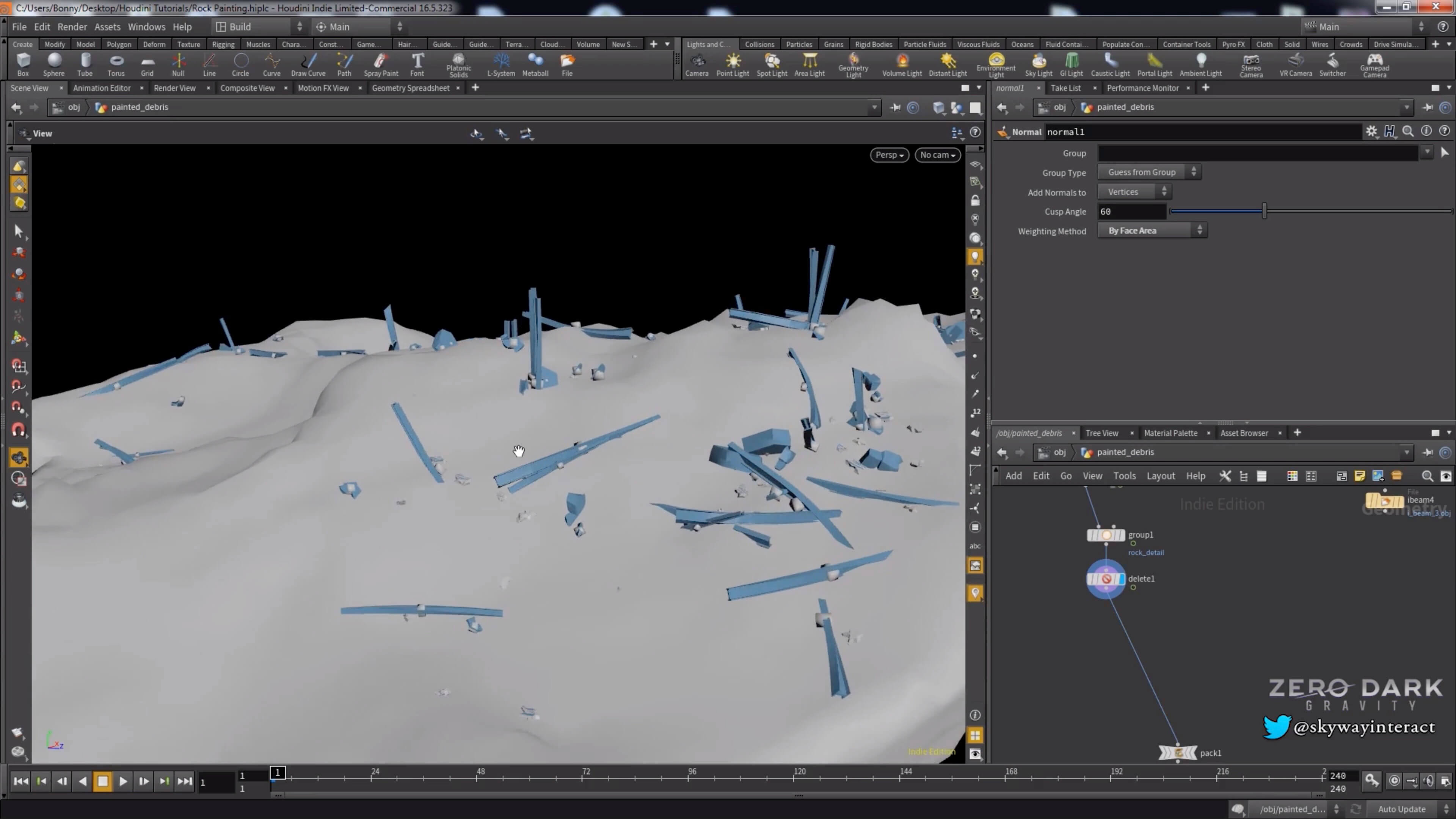
The customer support is great, and every time I received quick and helpful answers. Of course Houdini isn’t bug-free – in H17 I ran into multiple crashes and broken features which work fine in H16.5 – but usually as time goes on the dev team at SideFX really consider the bug reports and release bug fixes on a daily basis, and a new production build every month. The most annoying thing is having to restart and reload the scene every few minutes.
#SIDEFX HOUDINI 17 REVIEW SOFTWARE#
The final decisive factor that made me put those other software aside though was stability issues.

That’s why I went back periodically to other software and did not transition fully to Houdini. It seems that VFX artists just can’t get away from software-related frustrations. Coming from Maya, many parts of the docs felt weak and unhelpful.
#SIDEFX HOUDINI 17 REVIEW UPDATE#
SideFX has enhanced them a lot during the last decade, but there are still annoying flaws with the viewports, the IPR and some other functions are quite laggy (the Esc key and Manual update are our friends), especially when comparing with Clarisse. However, the weakest area of Houdini is still the UI and user-software interaction in general. Houdini 17: The downsidesĪs a look dev/lighting artist, I have used software such as Maya, 3ds Max and Clarisse in production, but have often found myself in a situation where I felt them to be quite restrictive. Luckily, Vellum nodes are also available in the SOP context, so it’s convenient to use them for simulation-based modelling or to simplify the scene structure, without the need for a separate DOP network. There are Vellum shelf tools for cloth, inflated objects, hair, grains and a faster alternative for simulations where we used FEM before, like tissue and other soft bodies. Vellum is a brand-new, GPU-accelerated multi-physics engine based on the new XPBD model, a particle-based dynamics system for a broad range of usage. The fabric on this statue was added from Vellum, then rendered with Optix Furthermore, the low-level VOP networks can perform as fast as a hard-coded module.


However, with heavy scenes the extra processing time consumed by the node-based architecture is relatively insignificant.

The disadvantage of this node-based open architecture is that in simpler scenes it feels slower than a similar one in a hard-coded software. I think this is the most fundamental advantage of Houdini compared with many other 3D packages. We can dive into them, even unlock and modify or rebuild these networks inside.įor problem solving, the opportunity to rewire almost anything in Houdini feels for me much more natural and direct than writing code, as basically there are circuits connected to each other in the computer’s memory and processor. The solvers themselves work in this way, thus the nodes and tools that come with Vellum – the biggest new feature in this release – are fully transparent, like the Pyro and other solvers, and aren’t black boxes as is the case in other software.


 0 kommentar(er)
0 kommentar(er)
